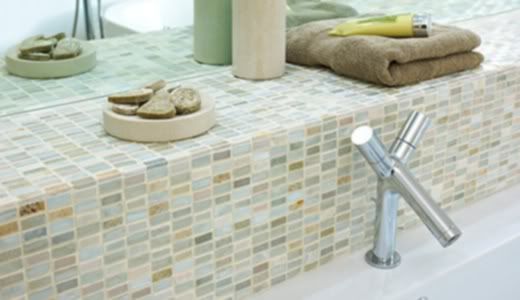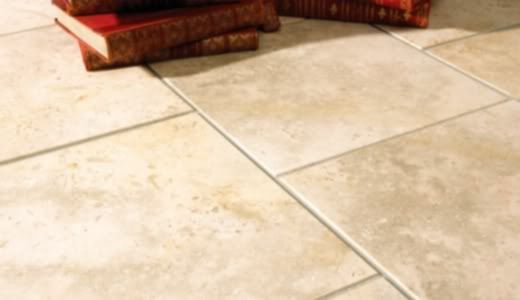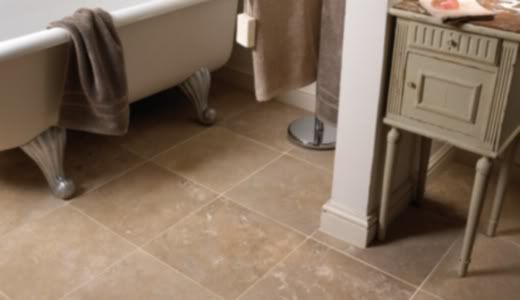John W Greaves versus
King Solomon
Llechwedd slate caverns are products of the Welsh slate rush
during the reigns of George IV and William IV when fortunes were lost easier
than they were found by digging holes in Snowdonia. John W Greaves spent £25,000 in mining costs
before striking the Merioneth Old Vein with which he proceeded to roof every
continent with his
slate tiles.
 |
| Tourists travelling on the Slate Miners Tramway |
His resultant underground quarries are
Europe’s unique rival to the spectacular King Solomon’s mines beneath
Jerusalem, and they may now be explored from the comfort of a modern carriage
on one of the earliest miners’ tramways.
 |
| An engine used for carrying huge slate slabs |
The Industrial
Revolution
It is a ride straight into the Industrial Revolution and a
mining technique used 3,000 years earlier in Israel. Here, for the first time,
the outside world can experience something of the faith and the triumph of the
tough God-fearing quarrymen of Blaenau Ffestiniog who honeycombed their mountains
with 130 miles of tunnels linking hundreds of cathedral-like caverns.
Open to the public
The slate mines of Merioneth remained a mystery to all but
the quarrymen until 1972 when a half mile level section was opened to the
public. Within nine months it was awarded both the Wales Tourist Board’s “Festival
of Wales Trophy” and the British Tourist Authority’s “Come to Britain Trophy”
as the most outstanding tourist enterprise with which Britain entered the
European Common Market. It is a project unaffected by weather for you can drive
right up to a former dressing mill which has been converted into a passenger
terminal.
 |
| Quarrymen working on a rock face |
100 Feet Deep
Soon after entering the tunnel, aboard a battery-driven
train, passengers will see abortive trial excavations to left and right. As it takes
a right-hand bend the train emerges for a short period on a shelf which looks
out upon a modern opencast quarry. Proceeding into the main tunnel you arrive
at a succession of caverns, all on the right. The first is a flood –lit bowl,
100 feet deep in which men are still working at the base.
 |
| Slate quarryman cutting slate tiles by hand |
A whole lifetime in
the slate mines
The train stops at the next cavern where a guide, who has
spent the whole of his working life in the mines, demonstrates the use of early
equipment and as your eyes grow accustomed to the dark gloom, he points out
life-sized dummies in working positions on the rock face. The third cavern on
the tour has been worked out to the open at the top resulting in some very
dramatic lighting effects.











 Actually, it could be worse than that, you could have paid a skilled professional builder or tiler to do the job, and upon inspection of the completed job, it becomes evident that you may have employed a cowboy builder.
Actually, it could be worse than that, you could have paid a skilled professional builder or tiler to do the job, and upon inspection of the completed job, it becomes evident that you may have employed a cowboy builder.


